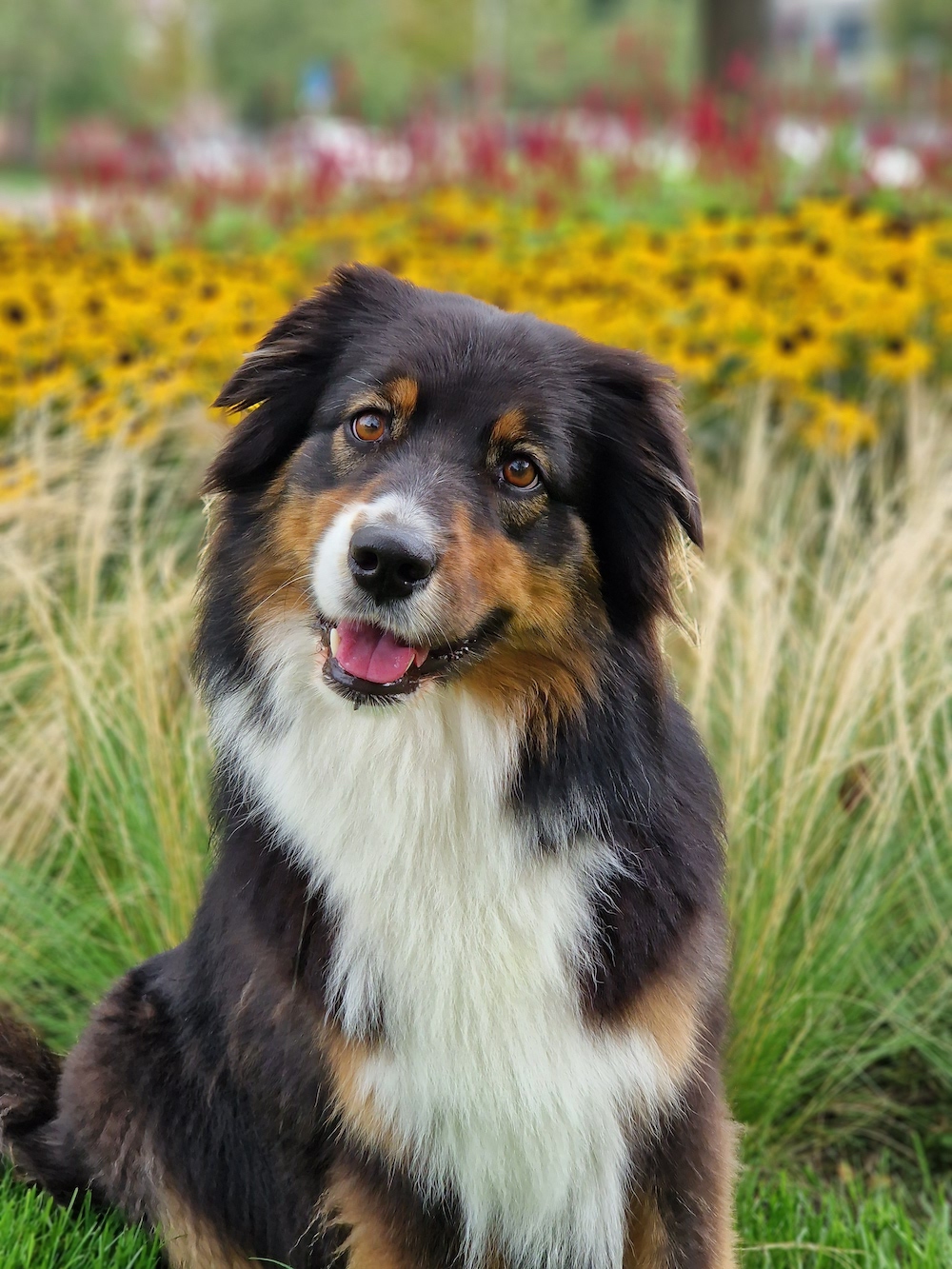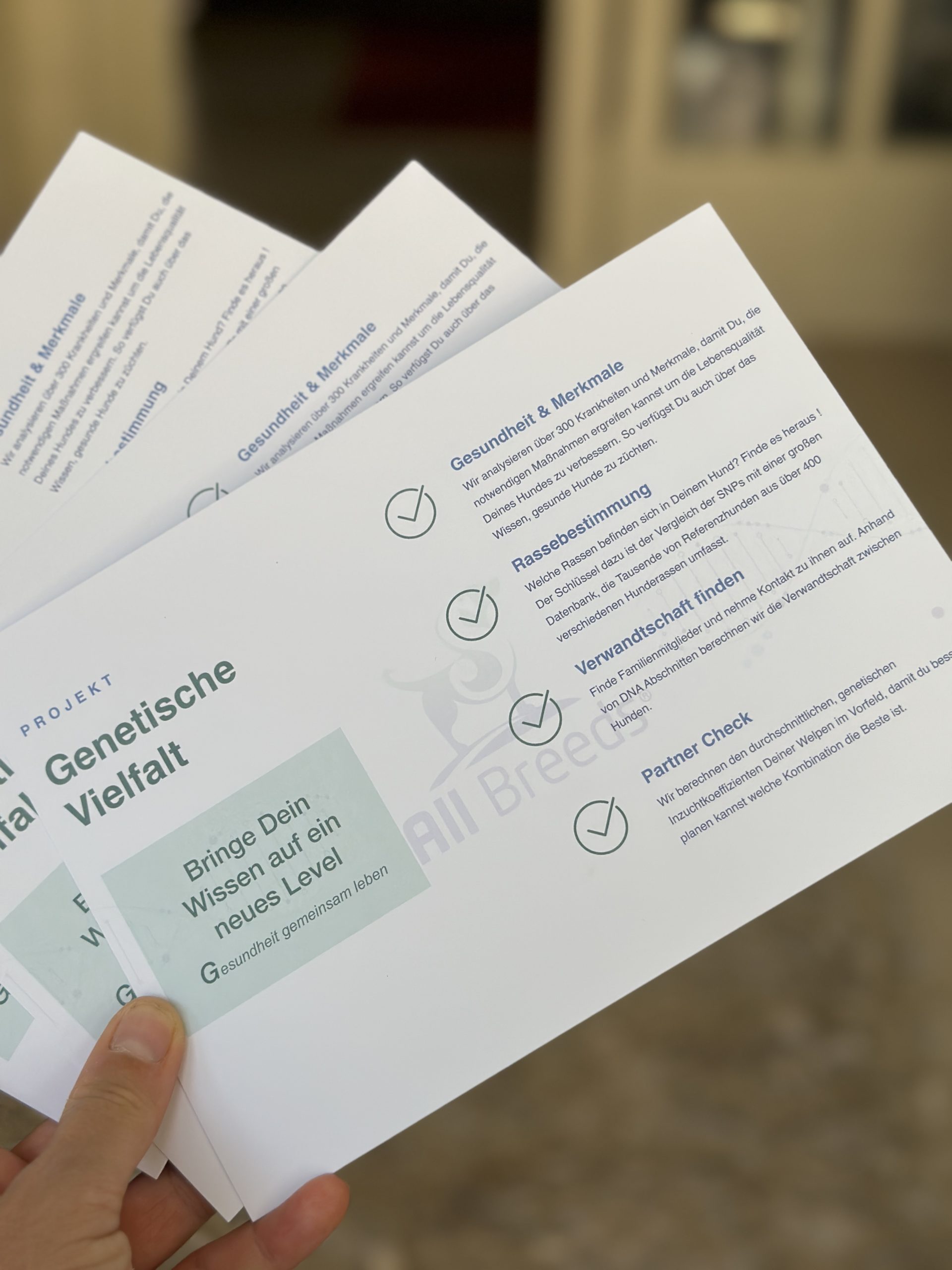Hemophilia B in Dogs: X-Linked Recessive Inheritance of the Disease
Hemophilia B, also known as factor IX deficiency, is a rare genetic disorder that affects both humans and dogs. This article delves into the understanding of hemophilia B in dogs, its inheritance pattern, and the implications it has on canine health and breeding. By exploring these aspects, dog owners and breeders can gain valuable knowledge to help manage and prevent the transmission of this disease in future generations of dogs.
Understanding Hemophilia B in Dogs
Hemophilia B is a bleeding disorder characterized by a deficiency of clotting factor IX, a protein responsible for blood coagulation. In dogs, this condition manifests as prolonged and uncontrollable bleeding even from minor wounds or surgeries. Dogs affected by hemophilia B may experience excessive bleeding from the gums, nosebleeds, blood in urine or feces, and prolonged bleeding after surgeries or injuries. It is crucial for dog owners to identify these symptoms and seek immediate veterinary care to prevent potentially life-threatening situations.
The Inheritance Pattern: X-Linked Recessive
Hemophilia B in dogs follows an X-linked recessive inheritance pattern, meaning the disease is primarily carried and passed down through the X chromosome. Since females have two X chromosomes, they can be carriers of the disease without showing any symptoms. On the other hand, male dogs only have one X chromosome, making them more susceptible to developing hemophilia B if they inherit the defective gene. This explains why hemophilia B is more commonly observed in male dogs compared to females. Female dogs carrying the defective gene can pass it on to their offspring, increasing the risk of future generations inheriting the disease.
Implications for Canine Health and Breeding
The X-linked recessive inheritance of hemophilia B in dogs has significant implications for both canine health and breeding practices. Dogs affected by hemophilia B require careful management throughout their lives to minimize the risk of bleeding episodes. This includes avoiding activities that could lead to injuries, regular monitoring of the dog’s blood clotting levels, and prompt treatment of any bleeding episodes. Furthermore, responsible breeding practices are essential to prevent the transmission of the disease to future generations. It is crucial for breeders to identify carrier dogs and avoid breeding them with affected or carrier females to reduce the chances of producing offspring with hemophilia B.
Understanding the complexities of hemophilia B in dogs is vital for dog owners, breeders, and veterinarians. By recognizing the symptoms, inheritance pattern, and implications for canine health and breeding, proactive steps can be taken to manage and prevent this genetic disorder. Through responsible breeding practices and vigilant care, we can work towards reducing the prevalence of hemophilia B in future generations of dogs, ultimately promoting the overall health and well-being of these beloved companions.


